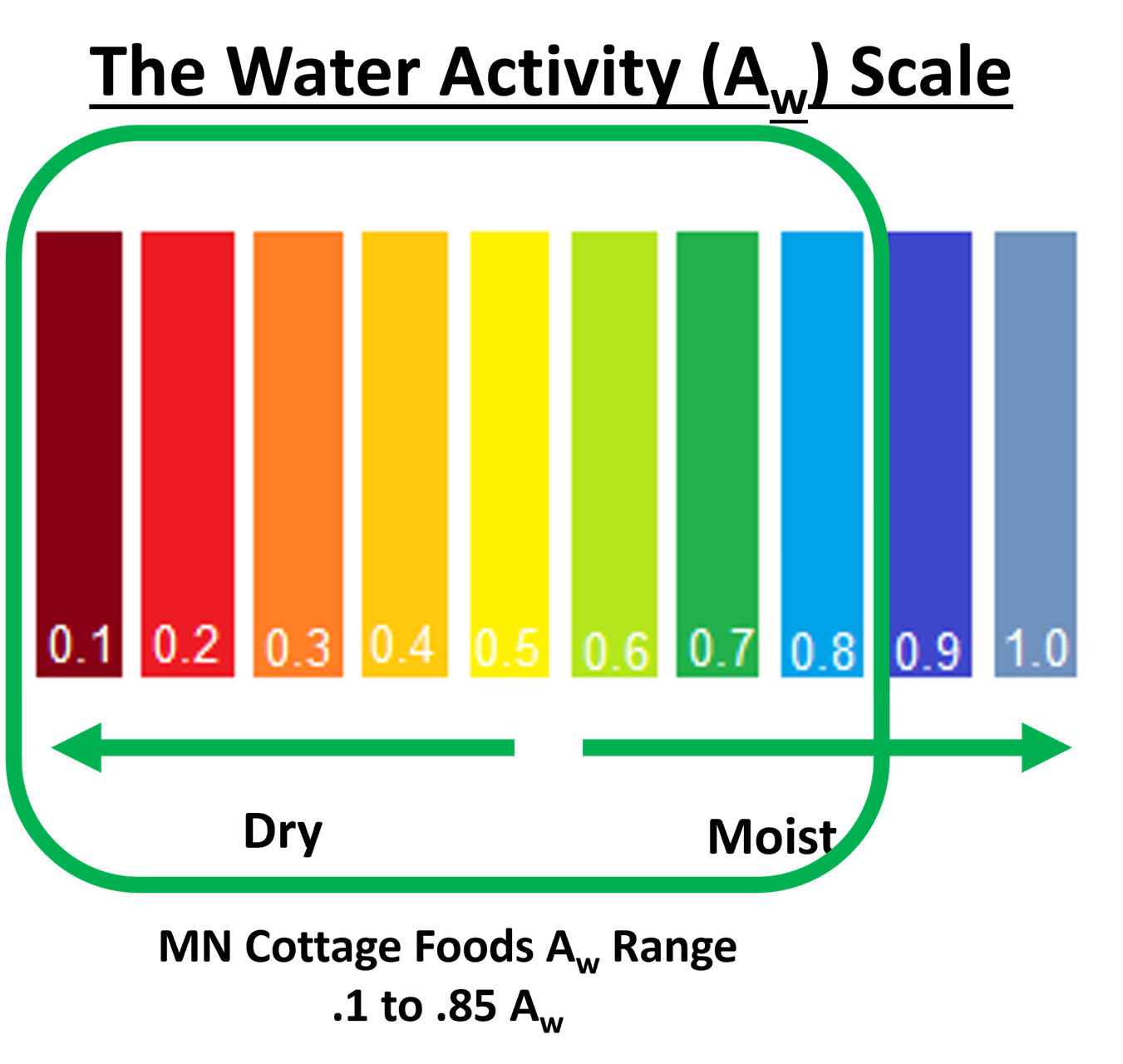|
The MN Cottage Foods Law (Minnesota Statute 28A.152) was first passed in 2015, allowing for "non-potentially hazardous foods" (baked foods; certain pickled or canned foods; jams, jellies, etc.) to be made in your home kitchen without a license, as long as the cottage food producer (CFP) successfully completes the mandated food safety training and registers with the Minnesota Department of Agriculture. Prior to the 2015 CFL, was the 'Bread Bill,' and then the 'Pickle Bill.' The CFL has been amended a few times since 2015, the latest in 2025; those changes do not go into effect until August 1, 2027.
Feel free to read and download our cottage foods manual. It covers the following topics:
|
|
Free Cottage Food Classes Register here for MFMA's free Cottage Foods Training classes, all via zoom. You will learn the legal requirements & more, take the text, and complete the application. December 9, Tuesday 5:15-7:15pm December 14, Sunday, 1-3pm~~~~~~~~~~~~~~~~~~~~~~~~~
Join other Minnesota cottage foods producers and farmers' market managers to ask Extension educators about food safety, safe food handling practices, and questions about allowable and not allowable foods. The first 15 - 20 minutes will be on a topic of the month, the remaining time will be devoted to your questions. Want to submit a question in advance? email exfdsafe@umn.edu. The Monday sessions are from 5-6pm, the Tuesday sessions are 11:30am-12:30pm. Click here to sign up for the Cottage Food Safety News from UMN Extension. |









